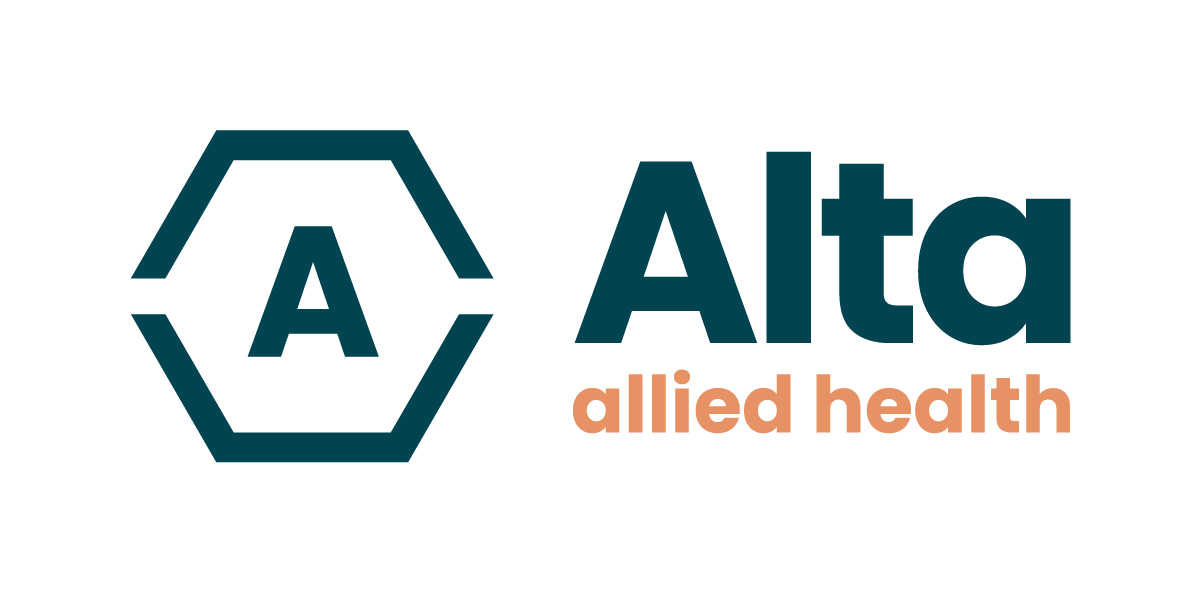What is Frozen Shoulder?
/in Article /by Alta HealthFrozen Shoulder causes, symptoms and treatments
Frozen Shoulder – also known as Adhesive Capsulitis – is a condition categorised by significant pain and restricted movement of the shoulder. Although it can occur in both shoulders, it is unlikely to do so simultaneously.
Frozen Shoulder is an idiopathic condition, meaning the cause is unknown. However, it is more common in women, as well as people who are over the age of 40, who are experiencing a period of sustained immobility (often following a surgical procedure), or who have systemic conditions such as diabetes or cardiovascular disease.

What are the main stages of Frozen Shoulder?
There are three main stages of Frozen Shoulder. The first stage is the ‘freezing’ stage, during which the shoulder becomes increasingly painful and begins to stiffen, resulting in a loss of mobility. This is followed by the ‘frozen’ stage, identified by a decrease in pain but an increase in stiffness. The third stage is known as the ‘thawing’ stage, during which mobility begins to improve.
It is important to note that there may be no direct cause or distinct episode that leads to the development of Frozen Shoulder. It is therefore important to seek medical attention if unusual pain or stiffness is present, even if it cannot be explained by a specific event or injury.
How is Frozen Shoulder diagnosed?
Frozen Shoulder is usually diagnosed through a clinical examination by a Physiotherapist. Pain, stiffness or a progressive loss of shoulder mobility in a patient often indicates Frozen Shoulder. While not always necessary, a Magnetic Resonance Imaging (MRI) scan can also help with confirming the diagnosis. It is also important to consider the possibility of other conditions such as peripheral arthropathies, rotator cuff muscle or tendon injuries, or a ligamentous injury.
How is Frozen Shoulder treated?
Frozen Shoulder can usually be resolved over time with help from a Physiotherapist or Exercise Physiologist (EP). While recovering from Frozen Shoulder, maintaining optimal function throughout the course of the condition is paramount. Physiotherapy can help to manage pain and mitigate loss of mobility during the condition, as well as help to optimise the restoration of function as the condition subsides. Often electrophysical modalities – such as Transcutaneous Electrical Nerve Stimulation (TENS) – may be used to control pain.
Manual therapy can also be helpful in improving range of motion, especially when movement becomes restricted by pain. A hydrodilatation injection into the joint capsule of the shoulder may be used to decrease pain and stiffness. Medication for pain relief is another option, although it is important to consult with a doctor before taking any medication.
Exercise is another important component of Frozen Shoulder recovery. Exercise is required to maintain strength and mobility in the areas surrounding the shoulder which will be affected by the change in shoulder activity. For example, the neck and upper back may become stiff when normal movement of the shoulder becomes restricted. The lower back also frequently compensates for an injured shoulder during movements such as overhead reaching.
Additionally, it is important to exercise your unaffected arm, as it will likely be exposed to more activity while the injured shoulder is frozen. A Physiotherapist or EP can prescribe an exercise plan which will greatly assist with the Frozen Shoulder recovery process.
How can VALD help with Frozen Shoulder?
VALD’s human measurement technologies allow practitioners to assist in diagnosing and rehabilitating Frozen Shoulder injuries.
The ForceFrame Strength Testing System is a fully adjustable system which is used to test isometric strength in upper and lower body positions – including the shoulder.
VALD also recently launched a handheld dynamometer and inclinometer named DynaMo capable of performing more than 300 different tests across the entire body. These tests can be utilised to assess shoulder strength and range of motion, both of which are important metrics to monitor throughout the rehabilitation process.
To learn more about DynaMo and how dynamometers can be used in the treatment of conditions like Frozen Shoulder, visit: valdhealth.com/dynamo.

This article was written by Sasha Birge, a Physiotherapist currently pursuing a Master’s in Sports Physiotherapy, with a Bachelor of Science in Athletic Training and a background in strength and conditioning. Sasha has a specialist interest in sporting injuries and return-to-sport rehabilitation.


